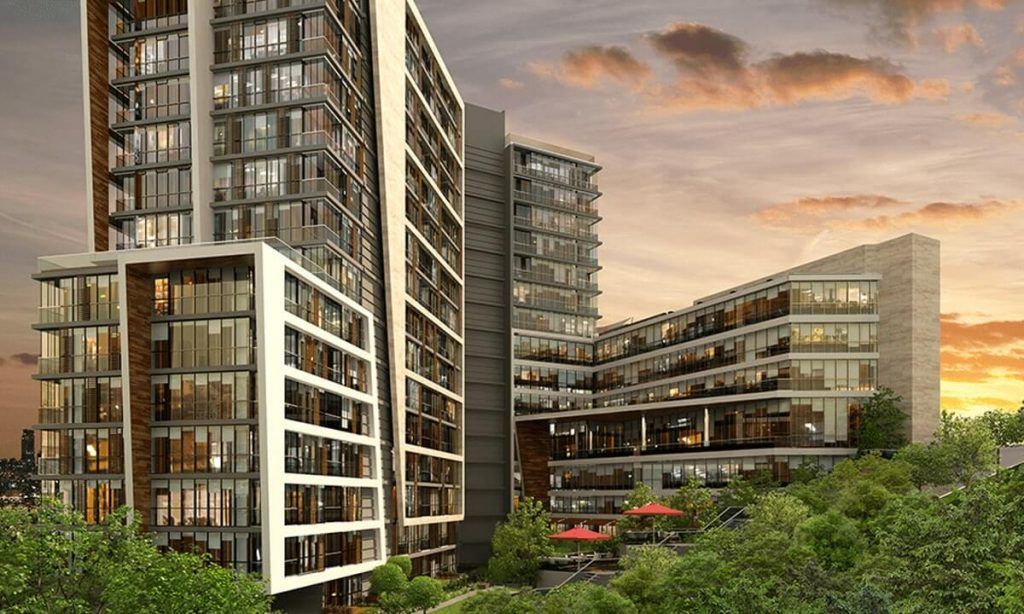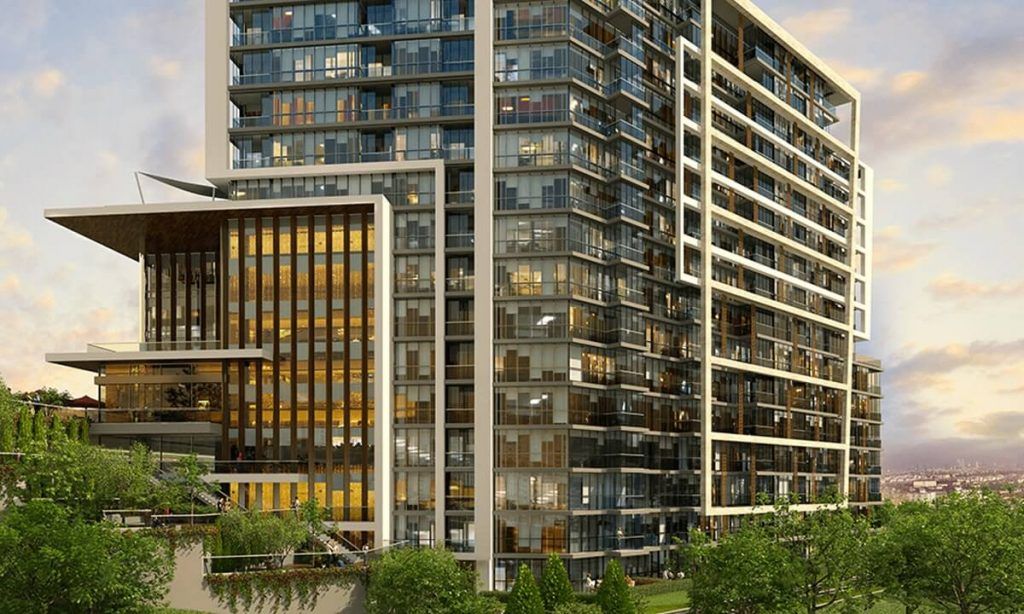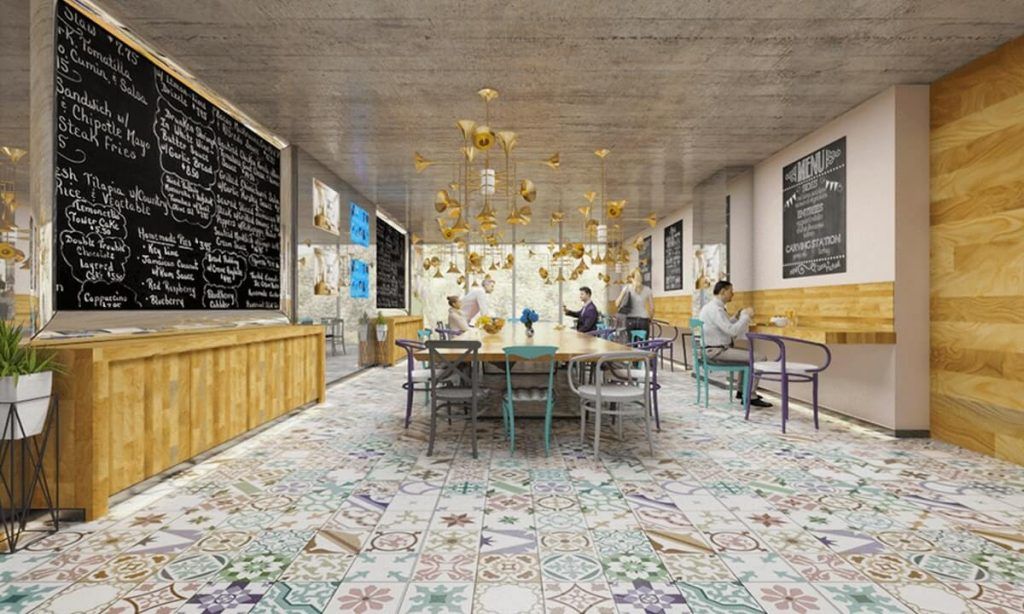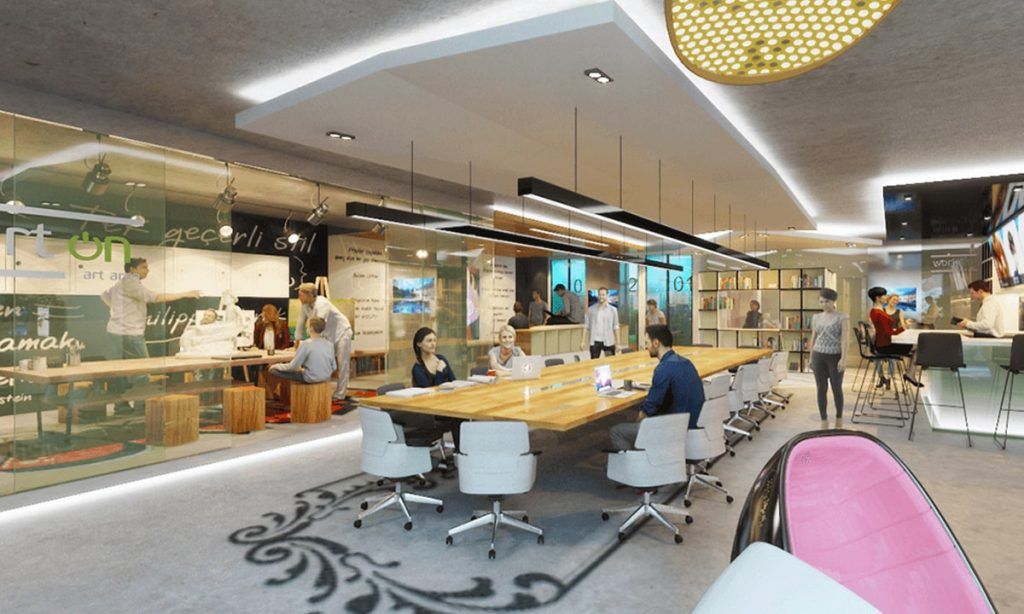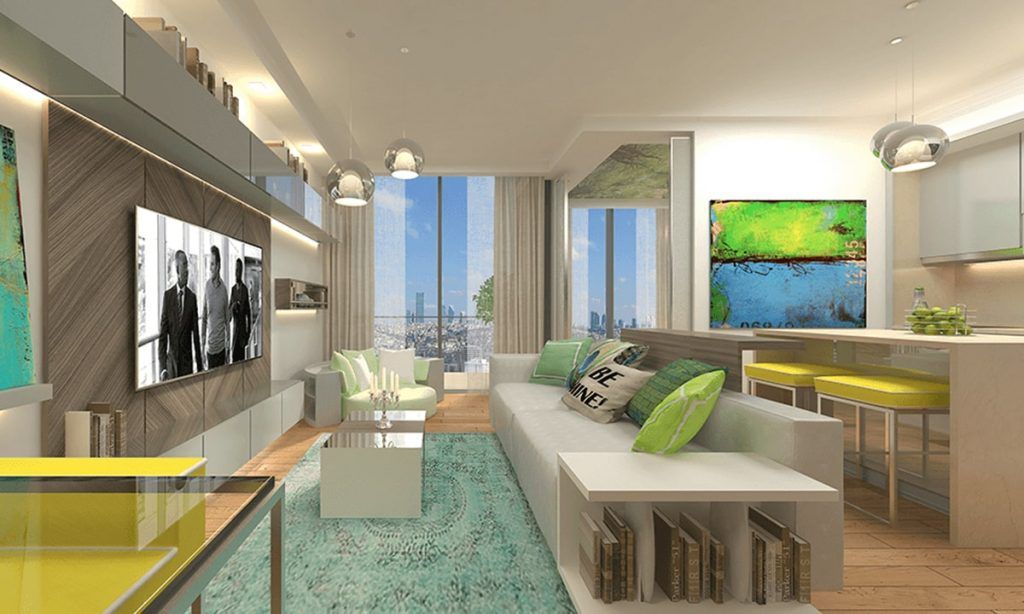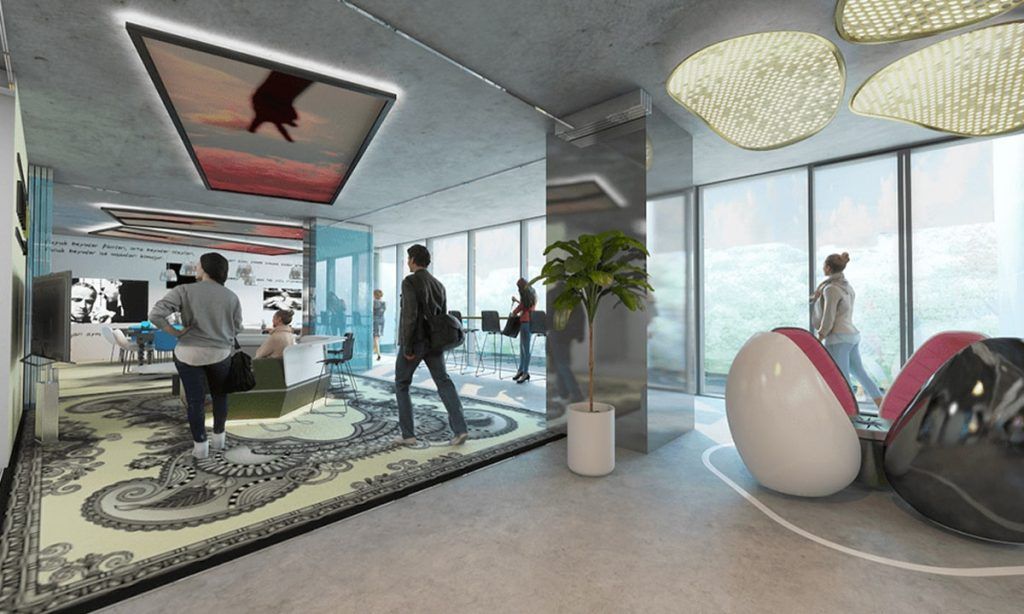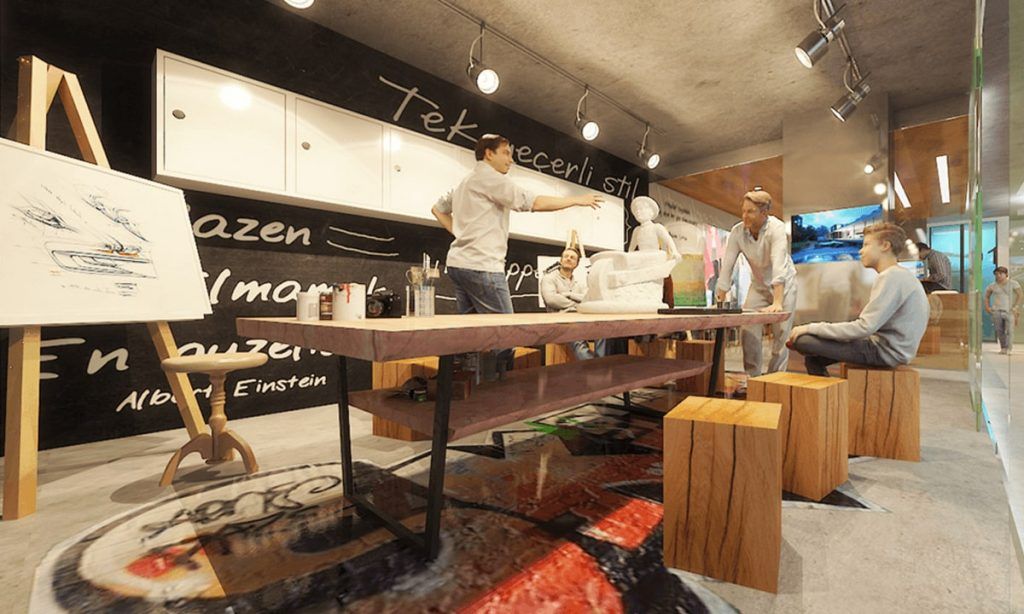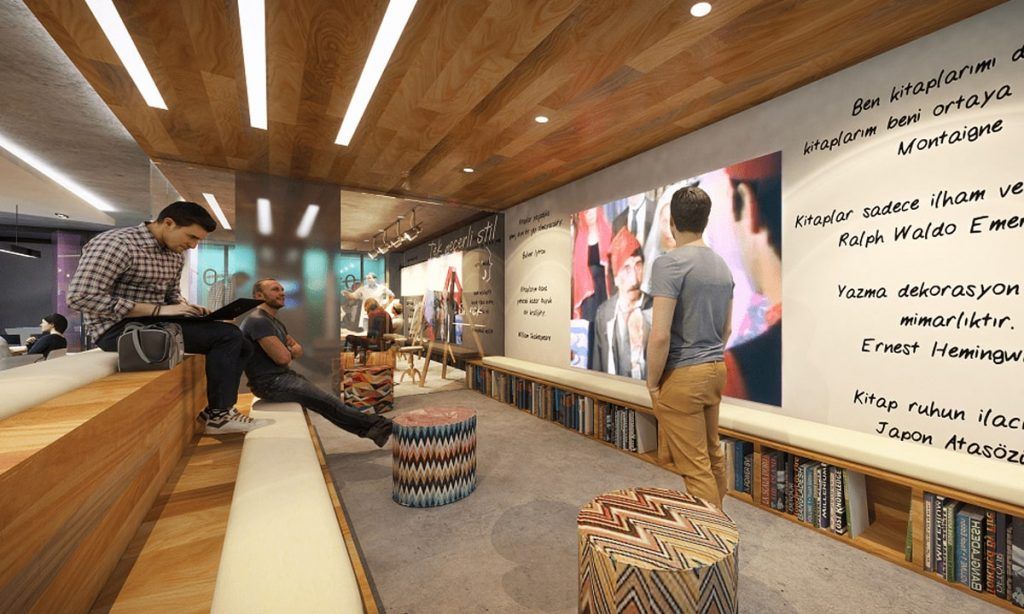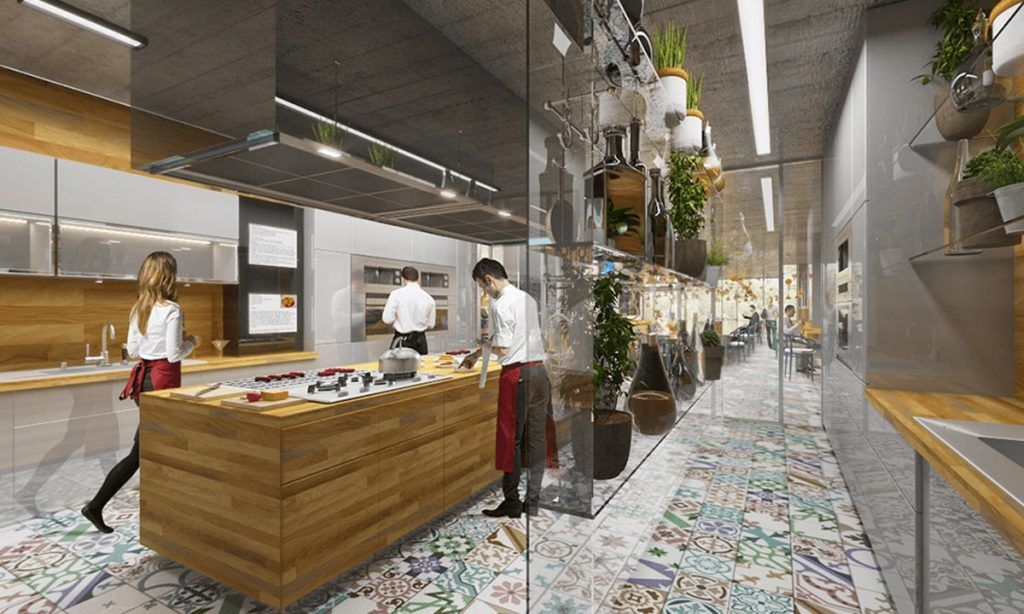ADDRESS OPPORTUNITY WHERE BUSINESS LIFE
- City: ISTANBUL PROPERTY
- Property type: Apartment
- Bedrooms: 1
- Offer type: For Sale
- Neighborhood: Kagithane
- Bathrooms: 1
- Property size: 60 m²
- Property ID: 15724
Features
- Broadband Internet
- Cafe
- Central heating
- Dishwasher
- Garden
- Kitchen
- Lift
- Restaurant
- Security System
Details
ADDRESS OPPORTUNITY WHERE BUSINESS LIFE
Opportunity Apartments For Sale
The residential and office project in Istanbul, built on a land of approximately 7,000 square meters, includes both residential and office type apartments. The project includes 205 flats and approximately 5,000 square meters of office space. The project, which comes across with the buyers with a different concept, plans to offer a lively and colorful life to its residents. Among the advantages of the project are features such as video surveillance, indoor parking, generator, central heating system, hobby gardens and communal library.
The project meets the buyers with its architectural understanding based on architectural, technological and modernity.
In addition to the office areas that can be used jointly or privately, it houses 205 flats. These apartments come across the buyers in the form of 1 + 1 and 2 + 1, but the type of the apartments also changes according to the balcony and floor features. The areas of the apartments vary between 59 square meters and 86 square meters.
Site Features
• Security
Camera security
Building Features
• Water tank
• Booster
Generator
• Elevator
Housing Features
Central heating
• Heat share meter
Construction Techniques
• Building inspection has been done
• Ground survey has been done
• Compliant with earthquake regulations
• Compliant with the insulation regulation
ADDRESS OPPORTUNITY WHERE BUSINESS LIFE
Kâğıthane
Jump to navigationJump to search
|
Kâğıthane
|
|
|---|---|
|
district
|
|

A view of Kağıthane district
|
|

Location of Kâğıthane in Istanbul
|
|
| Coordinates: 41°04′19″N 28°57′59″ECoordinates: 41°04′19″N 28°57′59″E | |
| Country | Turkey |
| City | Istanbul |
| Government | |
| • Mayor | Fazlı Kılıç (AKP) |
| • Governor | Ahmet Akın Varıcıer |
| Area | |
| • District | 14.52 km2 (5.61 sq mi) |
| Population
(2012)[2]
|
|
| • District | 421,356 |
| • District density | 29,000/km2 (75,000/sq mi) |
| Time zone | UTC+3 (TRT) |
| Area code(s) | 0-212 |
| Website | www |
Kâğıthane (Turkish pronunciation: [caˈɯthane]) or Glykà Nerà (Γλυκά Νερά Greek pronunciation: [ɡliˈka neˈra], ‘sweet waters’) is a neighbourhood at the far northern end of the Golden Horn on the European side of Istanbul, Turkey. It extends along the shores of the Alibeyköy and Kağıthane rivers that discharge into the Golden Horn. Formerly a working class district, Kağıthane is now part of a major real estate development area.
Kağıthane means ‘paper house’ in Turkish. The area was previously called Sadabad and formed part of the popular picnicking area known as the Sweet Waters of Europe.[3]
The mayor is Mevlüt Öztekin of the governing Ak Parti. Kâğıthane was part of Beyoğlu until 1954 and part of Şişli between 1954 and 1987.
Neighbourhoods of Kâğıthane include Seyrantepe, Hamidiye, Çağlayan, Merkez (centre) and Gültepe. Kağıthane and Çağlayan are served by stations on the M7 Metro line.
History
During the reign of Suleiman the Magnificent Kâğıthane, then Sadabad, was an extensively forested area used by the Ottoman court for hunting, riding and other equestrian pursuits. In the 17th and 18th centuries the area became increasingly fashionable especially during the Tulip Age reign of Sultan Ahmed III when many nobles had mansions and palaces built here. In particular the Sadabad Palace was built here for the statesman Yırmısekiz Mehmet Çelebi in 1722.[4]It was destroyed in 1730 during the uprising against court excesses known as the Patrona Halil Revolt. Scant traces of the mansions, fountains etc that once graced the area can be seen in a small open-air museum in the grounds of the Kağithane Municipallity (Kağıthane Belediyesi).
During the resign of Sultan Selim III some of the mansions and palaces were rebuilt, as they were again in the mid-19th century when Krikor Balyan was employed to bring Sadabad back to life. Paintings and drawings from the late 19th and early 20th centuries still show Kağıthane as a beauty spot to which locals would flock on Fridays.
In 1727 a paper factory and printing house were built in Sadabad but both collapsed after the religious authorities refused permission for the printing of Korans. The modern name, Kağıthane, commemorates that development. [5]
After the founding of the Turkish Republic in 1923, the northern end of the Golden Horn was turned into an industrial zone. Sadabad became home to numerous factories. From the 1950s onwards settlement of the Kâğıthane area began with illegal slums (known as gecekondus in Turkish) as thousands of migrants moved rom Anatolia to work in the factories, building sites or services sector. Eventually, the gecekondus were legalised and replaced by residentially-zoned buildings.
In the early 21st century Kâğıthane was rapidly transformed by urban regeneration projects due to its central location and connections to the new intra-city transport networks.
Attractions
Santralistanbul started life as the Silahtarağa Power Station, Central Istanbul’s first electricity power station, in operation from 1911 to 1983. After decommissioning it was converted into an Energy Museum with an arts and culture space attached in the grounds of the Bilgi University campus.
Kağıthane Mosque was originally built in the reign of Sultan Ahmed III, then rebuilt in the reigns of sultans Selim III and Mahmud II. Finally it was rebuilt for Sultan Abdülaziz by one of the Balyan family of Turkish-Armenian architects. It occupies a pretty waterside site.
Istanbul Sapphire is a combined shopping and residential skyscraper which was, when it opened in 2010, the tallest tower in İstanbul, offering fine views from its viewing platform.
Transportation
References
- ^ “Area of regions (including lakes), km²”. Regional Statistics Database. Turkish Statistical Institute. 2002. Retrieved 2013-03-05.
- ^ “Population of province/district centers and towns/villages by districts – 2012”. Address Based Population Registration System (ABPRS) Database. Turkish Statistical Institute. Retrieved 2013-02-27.
- ^ Bohrer, Frederick N. (2005-01-01). “The Sweet Waters of Asia: Representing Difference/Differencing Representation in Nineteenth-Century Istanbul”. Edges of Empire: 121–138.
- ^ “SÂDÂBÂD – TDV İslâm Ansiklopedisi”. TDV İslam Ansiklopedisi (in Turkish). Retrieved 2022-06-23.
- ^ Yale 1 Tonguç 2, Pat 1 Saffet Emre 2 (2010). Istanbul The Ultimate Guide (1st ed.). Istanbul: Boyut. p. 256. ISBN 9789752307346.
External links
- ID: 15724
- Published: April 24, 2021
- Last Update: August 22, 2022
- Views: 561

